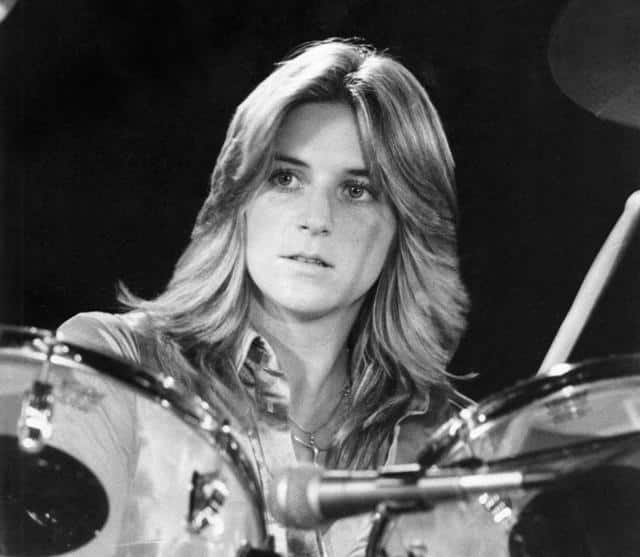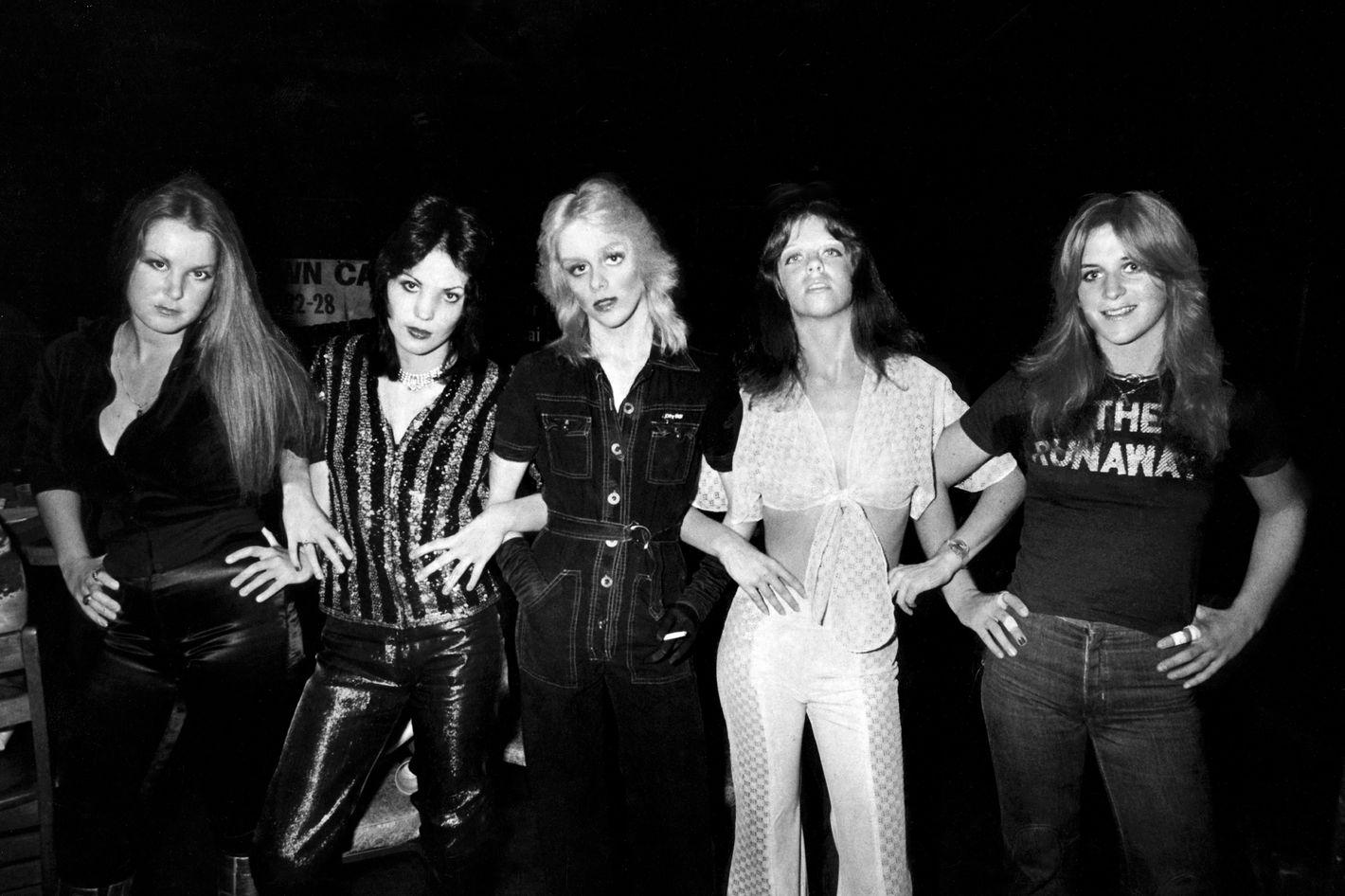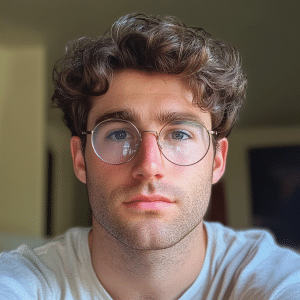The 1970s rock scene was dominated by male musicians, making it tough for female artists to break through. The Runaways changed that, proving girls could rock just as hard as boys.
Despite their short-lived career, this all-female band left a lasting mark on music history.
In this blog, we’ll explore how The Runaways shook up the rock world and paved the way for future female musicians.
We’ll closely examine each member’s journey, from their early days in the band to their later careers and personal lives. You’ll get an inside view of their challenges, biggest hits, and how they influenced the music industry.
Let’s dive into the story of these revolutionary women who turned rebellion into stardom.
Formation and Early Years of the Band
The Runaways were formed in 1975 thanks to the vision of music producer Kim Fowley. He saw potential in creating a rock band with talented teenage girls, an unusual concept at the time.
The initial lineup included Joan Jett on rhythm guitar, Cherie Currie as lead vocalist, Lita Ford on lead guitar, Sandy West on drums, and Jackie Fox on bass. Each member brought a unique skill set and energy to the group.
Fowley’s methods were often seen as unconventional and sometimes controversial. He pushed the girls hard, recognizing their raw talent and believing it could be shaped into something groundbreaking.
The members’ youth – most were around 16 years old when the band formed – combined with their musical abilities, made them stand out in the male-dominated rock scene.
The band faced early challenges, including skepticism from the music industry and criticism about their age and gender. However, their first gigs quickly showed that The Runaways were more than a novelty act.
Audiences were drawn to their energetic performances and bold attitude, setting the stage for their rise to fame.
Key Members of The Runaways
1. Cherie Currie: The Voice of The Runaways

Cherie Currie brought a powerful stage presence and unique style to The Runaways.
As the lead vocalist, she quickly became the face of the band. Currie’s striking looks and bold fashion choices, often featuring corsets and fishnets, helped create the band’s edgy image.
Currie’s most notable contribution was her performance of “Cherry Bomb,” which became an anthem for rebellion and female empowerment.
Her raw, energetic delivery perfectly captured the spirit of teenage defiance and helped establish The Runaways as a force to be reckoned with in the rock world.
2. Joan Jett: Iconic Member and Vocalist

Joan Jett started as the rhythm guitarist for The Runaways but later became the lead vocalist. Her transition showcased her versatility and helped shape the band’s sound in its later years.
Jett’s contributions as a musician and songwriter were significant. She co-wrote many of the band’s songs, including “Cherry Bomb,” her rhythm guitar playing was a key part of The Runaways’ sound.
Jett’s unwavering dedication to rock ‘n’ roll and her no-nonsense attitude became hallmarks of her persona during and after her time with The Runaways.
3. Lita Ford: The Lead Guitarist

Lita Ford stood out as the lead guitarist of The Runaways, making a name for herself in the male-dominated world of heavy metal. Her skilled guitar work and fierce stage presence helped set The Runaways apart from other bands of the era.
After The Runaways disbanded, Ford went on to have a successful solo career.
She released several albums and became known as “the Queen of Metal,” further cementing her status as a trailblazer for women in hard rock and heavy metal.
4. Sandy West: The Drummer

Sandy West’s drumming was a key component of The Runaways’ sound. Her solid, powerful beats provided the backbone for the band’s high-energy performances.
West was one of the group’s founding members and played a crucial role in its formation.
After The Runaways broke up, West struggled to find the same level of success. She attempted a solo career and played in various bands but, unfortunately, never reached the heights she had with The Runaways.
Despite these challenges, her impact on the band and her influence on future female drummers remain significant.
5. Jackie Fox: The Bassist

Jackie Fox, born Jackie Fuchs, played bass for The Runaways from 1975 to 1977. Her steady basslines helped round out the band’s sound during her tenure.
After leaving The Runaways, Fox took a different path from her bandmates, moving away from the music industry.
In 2015, Fox made headlines when she spoke out about alleged abuse by the band’s manager, Kim Fowley. Her allegations shed light on the darker side of the music industry and the challenges young women faced in the 1970s rock scene.
Since her time with The Runaways, Fox has pursued various careers, including working as an attorney and appearing on game shows.
I understand. I’ll create content for these two sections, focusing on the Breakthrough and Initial Success and the Rebellion and Raw Image of The Runaways. I’ll cover all the key points, supporting details, and additional information while avoiding any words from the banned list.
Breakthrough and Initial Success

The Runaways’ self-titled debut album, released in 1976, marked their entry into the music world. The album showcased their raw talent and energetic sound, immediately catching the attention of rock fans and critics alike.
“Cherry Bomb,” the album’s standout track, quickly became the band’s signature song. Its catchy chorus and defiant lyrics resonated with young listeners, especially girls who saw themselves in The Runaways.
While the album didn’t reach the top of the charts, it performed well for a debut, especially considering the band’s young age and the novelty of an all-female rock group. “Cherry Bomb” received significant airplay on rock radio stations, helping to boost the band’s popularity.
Critics were divided in their response to The Runaways. Some praised their fresh sound and youthful energy, while others dismissed them as a gimmick.
However, fans, particularly young women, embraced the band wholeheartedly, seeing them as role models who challenged the status quo.
The media noticed The Runaways, intrigued by their unique position in the rock world. This positive and negative attention helped increase their visibility and attract more fans.
Their initial tours, including opening for acts like Cheap Trick and Tom Petty, allowed them to showcase their electric live performances.
These shows, known for their high energy and raw power, played a crucial role in growing their fan base and establishing their reputation as a formidable live act.
Struggles with Management and Internal Band Dynamics
The Runaways faced significant challenges due to their management under Kim Fowley. His controversial style often caused tension within the group.
Fowley’s approach was known to be controlling and sometimes harsh, which put pressure on the young band members.
Internal conflicts arose among the band members, partly due to management decisions and personal differences. Each member had her ambitions and ideas about the band’s direction, which sometimes clashed.
Fowley’s tactics included pushing the band to maintain a certain image and sound, which didn’t always align with each member’s personal goals.
This led to creative differences and disagreements about the band’s future.
The different personalities within the group also contributed to internal friction. As young artists were thrust into the spotlight, they handled fame and pressure differently, leading to misunderstandings and disputes.
These conflicts affected the band’s creative process. Decision-making became difficult, with disagreements about songwriting credits, musical direction, and public image.
The public and media were aware of some of these internal issues, sometimes overshadowing the band’s musical achievements.
This affected their public perception, with some viewing the conflicts as typical “rock star” behavior, while others saw it as a sign of the band’s impending breakup.
Abuse Allegations and Their Impact on the Band

In 2015, Jackie Fox came forward with serious allegations of abuse against Kim Fowley. She described an incident that reportedly occurred early in the band’s career, detailing a disturbing account of sexual assault.
These allegations significantly impacted how the band’s history was viewed. It shed light on the darker aspects of the music industry, particularly the vulnerability of young artists.
The details of the allegations were deeply troubling. They described a situation in which Fox could not consent, and other band members were present.
This revelation sparked discussions about power dynamics and exploitation in the music industry.
Band members responded differently to these allegations. Some expressed shock and sadness, while others had differing recollections of events.
This led to complex discussions about memory, trauma, and the responsibility of bystanders.
The long-term effects of these allegations have been significant. They’ve prompted a reevaluation of The Runaways’ legacy and raised questions about the treatment of young artists in the entertainment industry.
While no legal actions were taken due to statutes of limitations, the social repercussions were substantial. The allegations contributed to broader conversations about abuse in the music industry and the need for better protections for young artists.
Some band members have since engaged in advocacy work, using their platform to support abuse survivors and push for industry changes. These efforts have helped to raise awareness and promote positive change in the music world.
The Legacy of The Runaways
1. Influence on Female-Fronted Bands
The Runaways left an indelible mark on the music industry, opening doors for countless female musicians who followed. Their success showed that women could excel in the male-dominated world of rock music, inspiring generations of artists to pursue their musical dreams.
The Runaways challenged existing stereotypes and expectations by proving that an all-female band could create powerful, energetic rock music.
They demonstrated that women could be more than pop singers or folk artists – they could be genuine rock stars.
The band’s influence extends across various genres. From punk and metal to pop-rock and alternative, many female-fronted bands cite The Runaways as inspiration.
Artists like the Go-Go’s, Bangles, and L7 have acknowledged the path The Runaways paved for them.
Even today, modern artists continue to draw inspiration from The Runaways.
Their bold attitude, raw sound, and unapologetic approach to music-making remain relevant and influential in the contemporary music scene.
2. Cultural Impact and Recognition
The Runaways significantly contributed to the rock music scene by breaking long-standing stereotypes about women in music.
They challenged the notion that rock was exclusively a man’s domain, proving that young women could create authentic, hard-hitting rock music.
Their impact went beyond music, influencing fashion and attitude. The band’s style – a mix of glam rock and punk – became iconic, inspiring fans to embrace a more daring and expressive way of dressing.
The Runaways’ story continues to resonate in popular culture. The 2010 biopic “The Runaways,” starring Kristen Stewart as Joan Jett and Dakota Fanning as Cherie Currie, brought their story to a new generation of fans.
This film helped cement their place in rock history and introduced their music to a wider audience.
Their music remains relevant, with songs like “Cherry Bomb” frequently appearing in movies, TV shows, and commercials. This ongoing presence in media ensures that new generations continue to discover and appreciate their work.
The band’s legacy is also recognized in the music industry.
Many saw Joan Jett’s induction into the Rock and Roll Hall of Fame in 2015 as a long-overdue acknowledgment of The Runaways’ impact on rock music.
Academic studies and music historians often cite The Runaways as a pivotal group in the evolution of women’s roles in rock music.
Their story is frequently included in discussions about gender representation in the music industry, highlighting the progress and challenges that remain.
Summing Up
The Runaways left an unforgettable mark on rock music. These young women broke barriers, challenged norms, and inspired countless artists who followed.
Their journey wasn’t easy; they faced industry skepticism, internal conflicts, and personal struggles. Yet, their music endures, speaking to new generations of fans.
The band’s legacy goes beyond its songs. It opened doors for women in rock, proving that gender shouldn’t limit musical expression.
Its story reminds us of the power of determination and the importance of representation in music.
As you reflect on The Runaways’ impact, consider how far women in rock have come since the 1970s. What current artists carry on their spirit of rebellion and innovation?
Please share your thoughts in the comments below, and let’s keep the conversation about women in rock going.





















